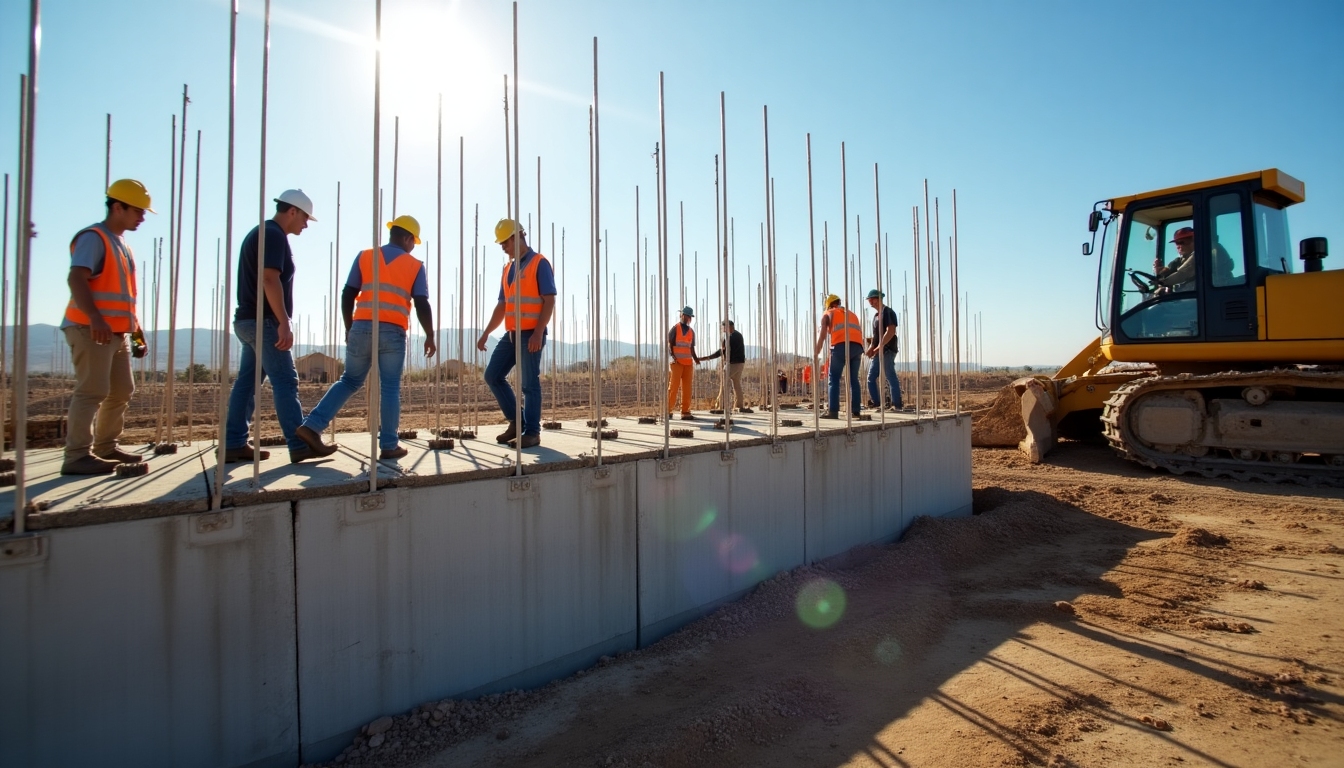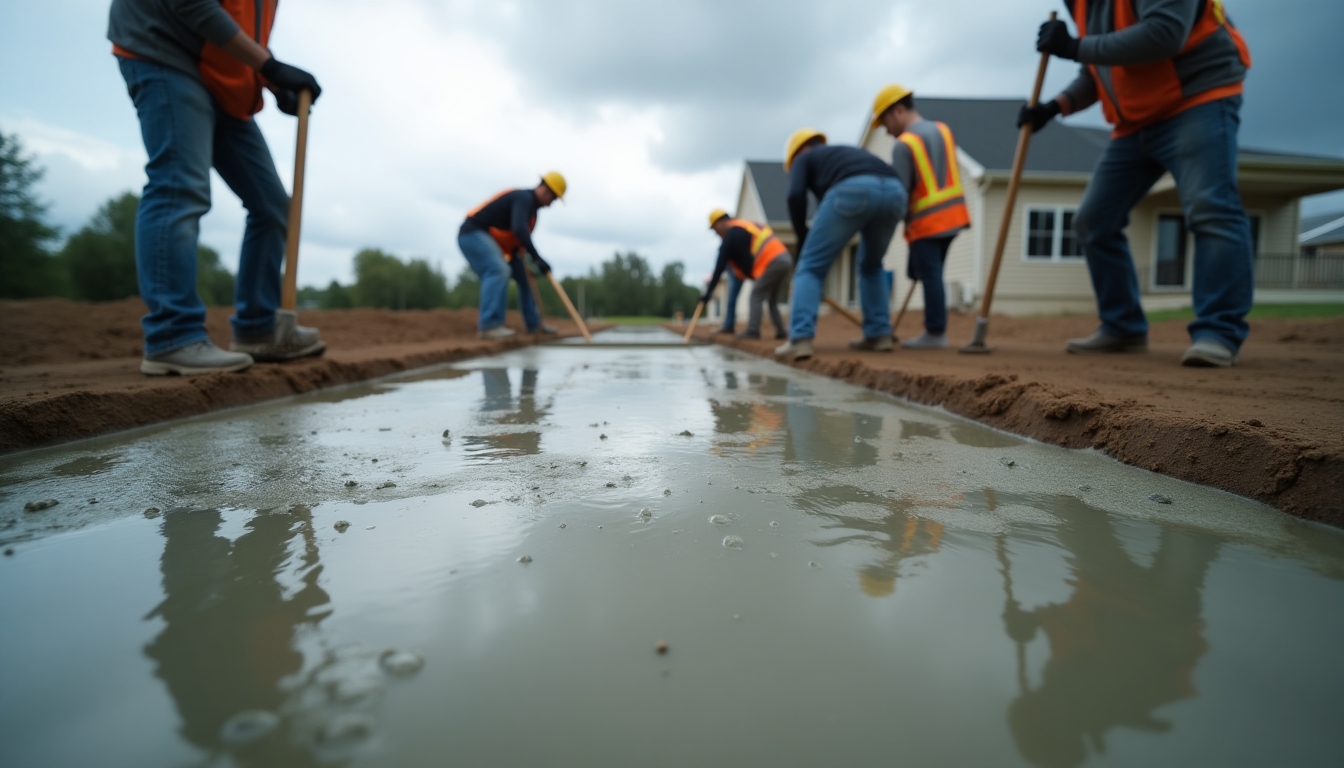Structural Requirements for Foundation Footings
Overview
When planning a construction project, understanding the structural requirements for foundation footings is crucial to ensure stability and longevity. This guide offers comprehensive insights into these requirements, focusing on practical applications and expert recommendations.
Importance of Foundation Footings
Foundation footings are a critical component of any building's structure. They support the weight of the building and transfer it to the ground, providing stability and preventing settlement. Ensuring that these footings are well-designed and constructed according to precise structural requirements is essential.
- Key Functions:
- Distributes load evenly
- Prevents differential settlement
- Provides a solid base for the structure
By understanding these roles, you can appreciate why foundation footings require careful calculation and planning.

Basic Structural Requirements
The structural requirements for foundation footings can vary depending on the soil type, building load, and environmental conditions. Here are some fundamental considerations:
- Soil Bearing Capacity: The ability of the ground to support the building load must be assessed. This is determined through a geotechnical investigation.
- Footing Depth: Typically, foundation footings should be placed below the frost line to avoid damage from freeze-thaw cycles. This depth depends on local climatic conditions.
- Width and Thickness: The footing should be wide enough to distribute the load without exceeding the soil's bearing capacity. A general rule is to make the footing width twice the wall thickness.
These elements are integral to avoiding foundation problems in the future.

Slab Foundation Considerations
A slab foundation is a popular choice for residential construction due to its affordability and speed of installation. However, specific structural requirements must still be met:
- Minimal Excavation: One of the appeals of slab foundations is the reduced need for excavation.
- Proper Compaction: The ground beneath the slab must be compacted to minimize settlement post-construction.
- Moisture Barrier: Install a moisture barrier to prevent water damage and mildew.
While slab foundations simplify certain aspects of construction, ensuring the ground is prepared thoroughly is non-negotiable.

Footing Calculation
Calculating the correct size of the footings is crucial for maintaining structural integrity. Here’s a simplified method:
- Calculate Load: Determine the total load of the building, including live and dead loads.
- Determine Soil Stress: Use results from soil tests to find the bearing capacity.
- Size Footings Accordingly: Divide the total load by the soil bearing capacity to determine the necessary area.
By using accurate footing calculations, you ensure the foundation can adequately support the building over time.

Practical Insights and Expert Tips
- Consult Professionals Early: Getting input from structural engineers at the planning stage can save future headaches.
- Adapt to Local Conditions: Customize your foundation to local soil and weather conditions for the best results.
- Regular Inspections: Throughout the construction, regular inspections ensure compliance with designs and adjust as necessary.
These practices ensure that foundation footings meet all safety and structural requirements without costly revisions.
Conclusion
Understanding the structural requirements for foundation footings goes beyond technical calculations; it involves integrating these essentials into the specific context of your project. By emphasizing thorough preparation and expert consultation, you ensure your building's foundation is solid and secure.





